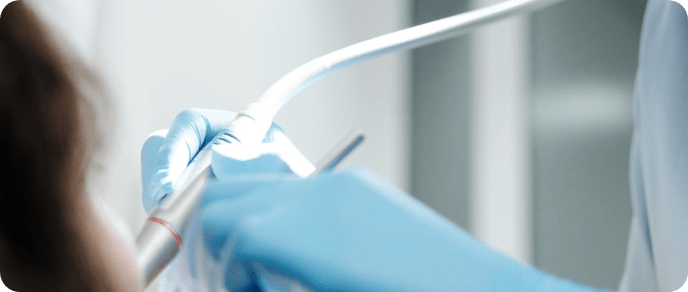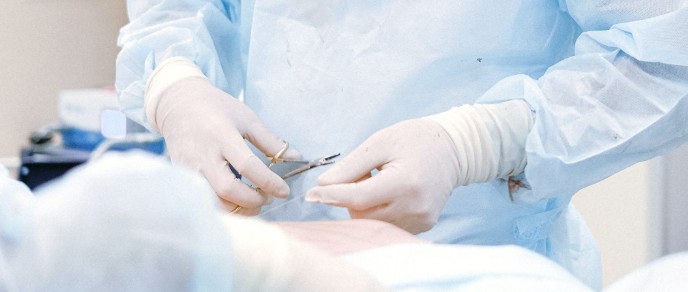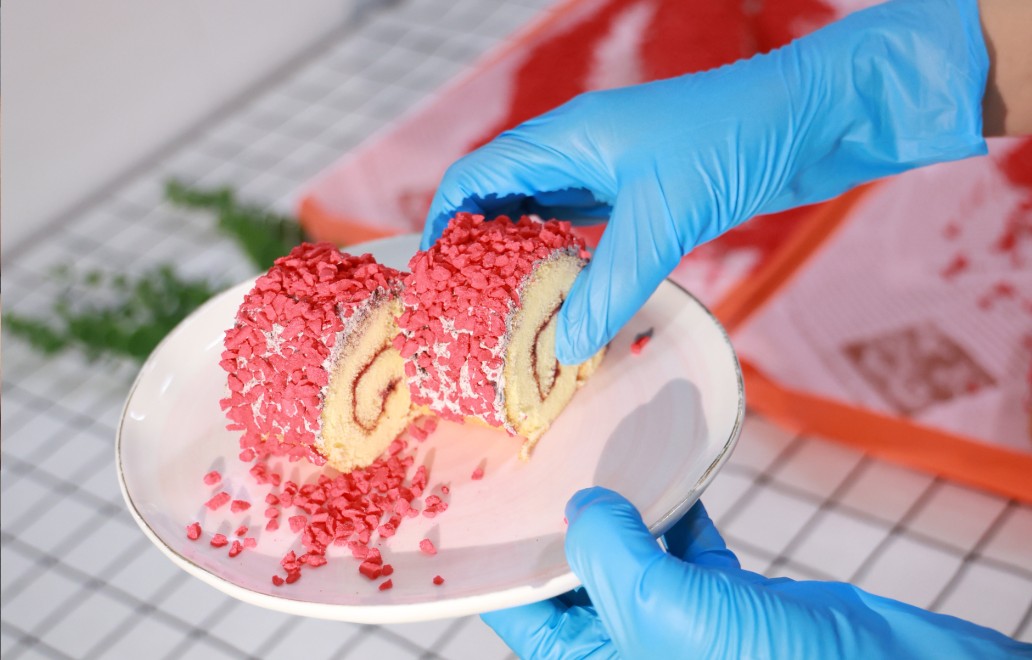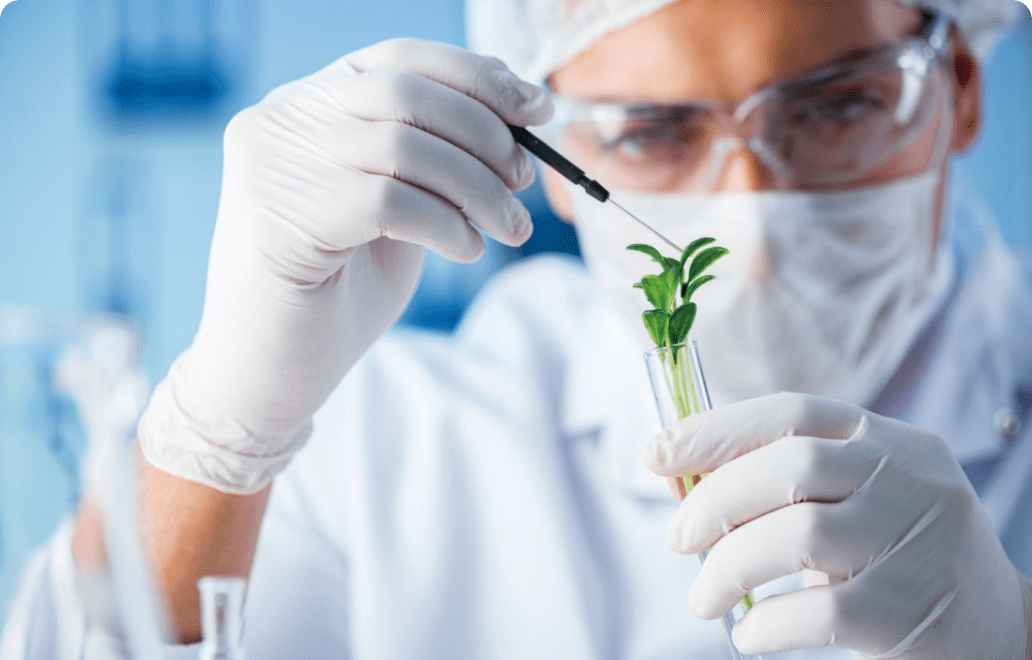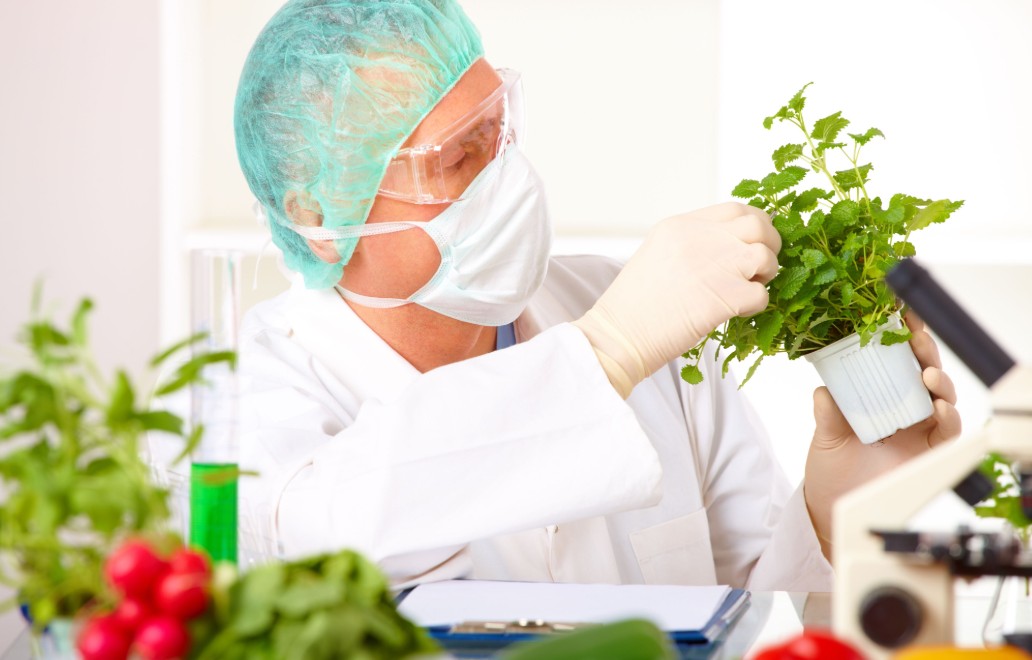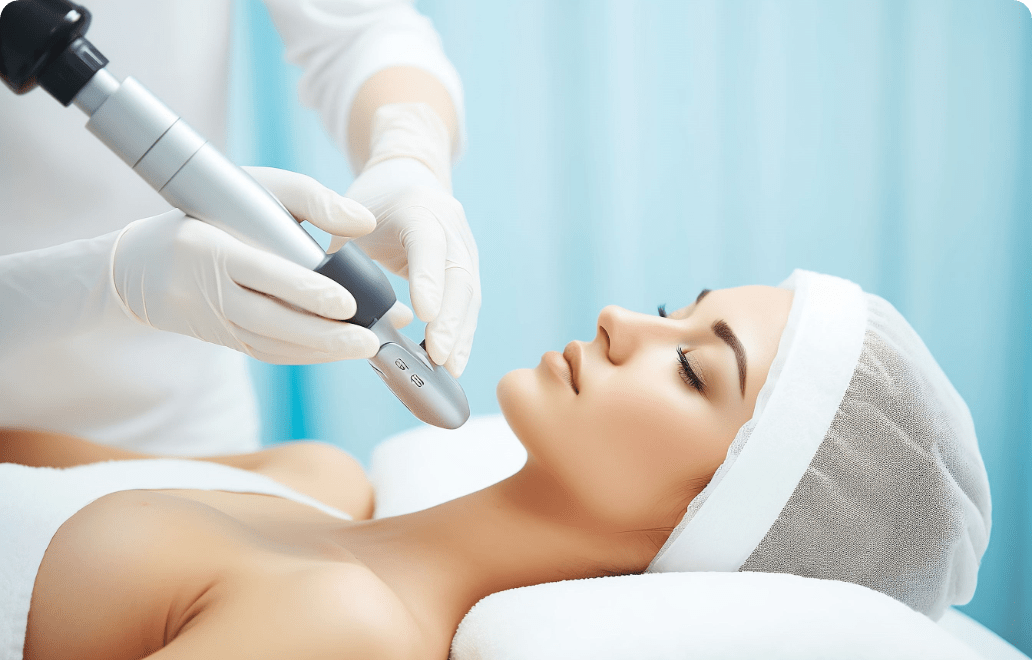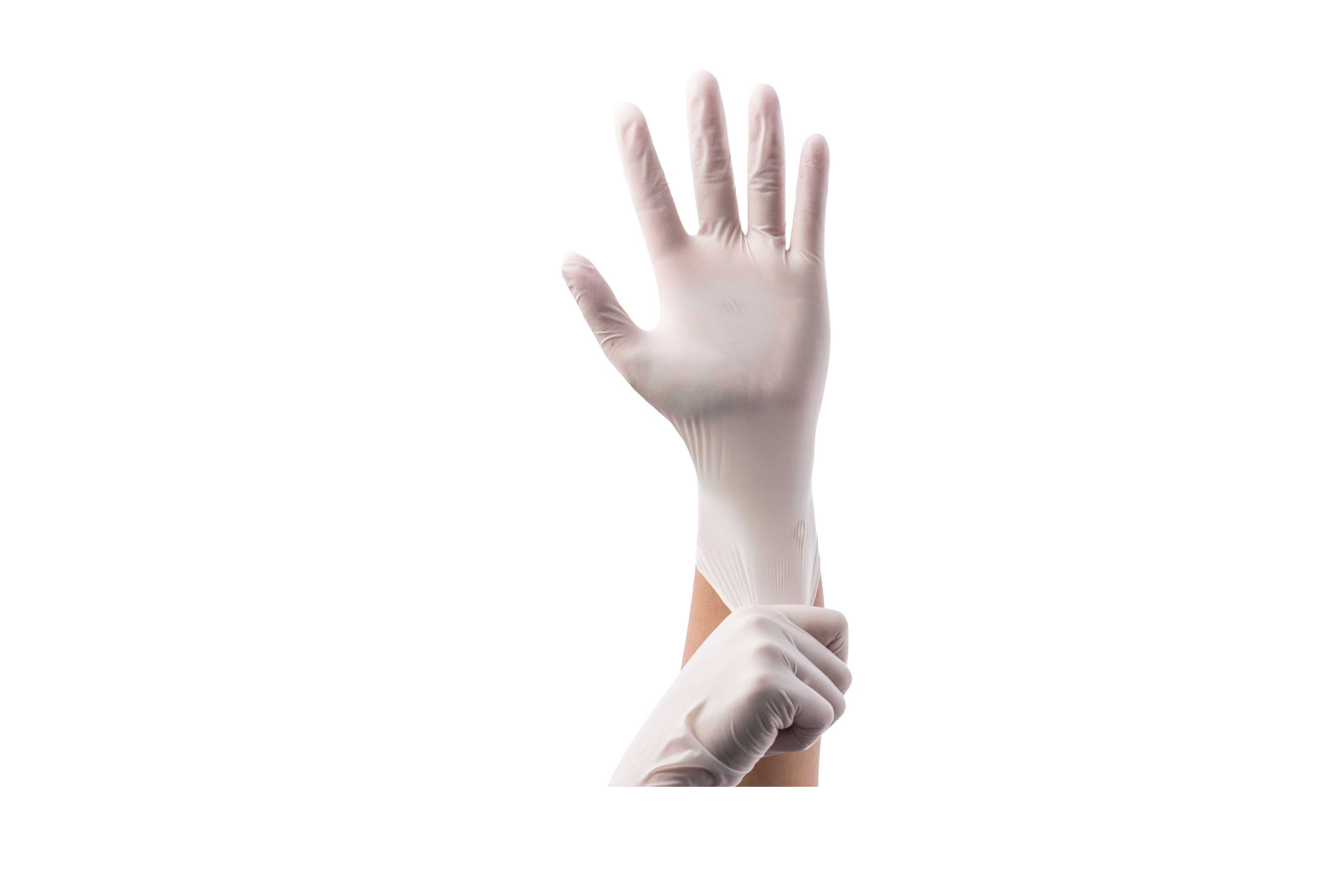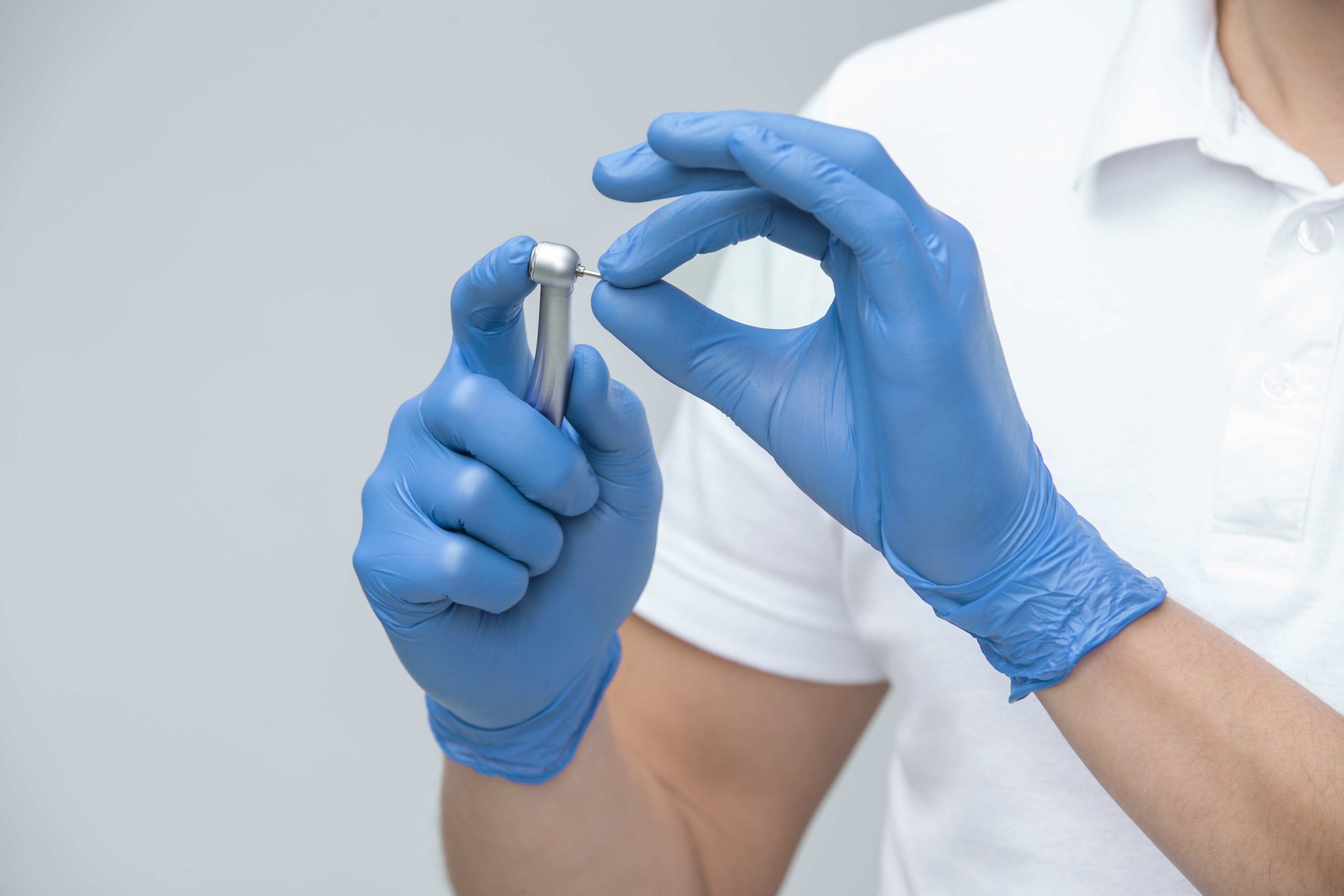Glove products
Latex Gloves Benefits: Why Doctors Trust Them in Patient Care
Understanding Latex Gloves
What Exactly Are Latex Gloves?
Latex gloves are a type of disposable handwear, primarily made from natural rubber latex. These gloves are widely used in various fields, including healthcare, scientific laboratories, food handling, and cleaning services. They are known for their superior elasticity, comfort, and tactile sensitivity, which make them an indispensable tool in settings where high precision and hygiene are crucial. The gloves form a protective barrier that prevents the transfer of pathogens or contaminants, thus ensuring both the user’s and the patient’s safety.
The Composition of Latex Gloves
Latex gloves are mainly composed of natural rubber latex, which is derived from the sap of rubber trees. This biodegradable material is renowned for its excellent tensile strength, elasticity, and resistance to punctures. The production process typically involves several steps, including the collection of natural latex, filtration to remove impurities, and chemical treatments to enhance the properties of the final product. Certain additives might be incorporated to improve durability or to minimize the risk of allergic reactions. It’s essential to ensure that the gloves adhere to stringent quality control standards to guarantee their effectiveness and safety in medical settings.
Reasons for Using Latex Gloves in Healthcare
Infection Control and Prevention
Reducing the Risk of Cross Infection
One of the primary reasons doctors rely on latex gloves is their effectiveness in reducing the risk of cross infection. In a medical setting, the transfer of pathogens or infectious agents from one patient to another can have devastating consequences. Latex gloves act as a crucial barrier, minimizing the transmission of bacteria, viruses, and other microbes that could lead to infections. Regular glove changes between patient exams or surgery further protect both medical staff and patients, ultimately contributing to a safer healthcare environment.
Protecting Patients and Healthcare Workers
Latex gloves not only protect patients from nosocomial infections but also safeguard healthcare workers from potential exposure to hazardous substances and infectious diseases. Medical professionals are frequently in contact with bodily fluids, blood, and contaminated instruments, all of which pose significant health risks. By donning latex gloves, they create a protective shield, thereby reducing the likelihood of contracting or spreading infections. This protection mechanism is crucial in maintaining the integrity of healthcare practices.
Comfort and Dexterity
Enhanced Sensitivity and Flexibility
Latex gloves are favored for their exceptional sensitivity and flexibility, which are paramount in medical procedures requiring precision and fine motor skills. This tactile sensitivity is particularly beneficial in surgeries and diagnostic exams, where a lapse in dexterity could compromise outcomes. The gloves closely conform to the shape of the hand, offering a second-skin feel that augments touch and maneuverability.
Ergonomic Benefits During Medical Procedures
Ergonomic design is another critical advantage of latex gloves. Medical procedures often require long periods of glove wear, potentially leading to hand fatigue or muscle strain. Latex gloves are designed to mitigate these issues by providing a comfortable fit that reduces stress on the hands and wrists. Their elasticity ensures that the gloves fit snugly without constriction, thereby enhancing overall performance and minimizing discomfort during extended use. This ergonomic benefit is vital for maintaining the efficiency and well-being of healthcare professionals.
Availability and Accessibility
One reason for the widespread use of latex gloves in healthcare is their ready availability and accessibility. Due to their long-standing prevalence in the market, latex gloves are manufactured by numerous suppliers, making them easy to source. This extensive availability ensures that medical facilities can maintain a steady supply, preventing disruptions in patient care due to glove shortages. The reliability of the supply chain for latex gloves is a critical factor that underscores their continued preference in medical settings.
Safety and Efficacy of Latex Gloves
Strength and Durability
Latex gloves are renowned for their strength and durability. Natural rubber latex possesses inherent tensile strength, enabling the gloves to withstand rigorous use without tearing or puncturing easily. This durability is vital in healthcare settings where gloves must protect against sharp instruments and withstand frequent use. The strength of latex gloves ensures that medical practitioners can perform their duties with confidence, knowing their protective barrier will not easily compromise.
Compliance with Medical Standards and Regulations
Latex gloves comply with stringent medical standards and regulations, ensuring they are safe and effective for use in healthcare settings. Regulatory bodies such as the Food and Drug Administration (FDA) and the Centers for Disease Control and Prevention (CDC) set high benchmarks for medical gloves. Latex gloves’ adherence to these standards guarantees that they provide adequate protection and performance, instilling confidence among healthcare providers in their use.
Addressing Concerns Related to Latex Gloves
Allergy Issues
Understanding Latex Allergies
Despite their numerous benefits, latex gloves can cause allergic reactions in some individuals. Latex allergies occur because the proteins in natural rubber latex can trigger immune responses. Symptoms can range from mild irritations, such as skin redness and itching, to severe reactions like anaphylaxis, which requires immediate medical attention. Awareness of latex allergies is crucial for managing patient and healthcare worker safety.
How Healthcare Facilities Manage Allergies
Healthcare facilities have implemented strategies to manage and mitigate the risk of latex allergies. This includes using powdered latex gloves with low-protein content and providing alternative glove options, such as nitrile and vinyl gloves, for individuals with diagnosed latex allergies. Regular training and education on recognizing and responding to latex allergies further enhance safety measures within medical settings, ensuring that allergic reactions are effectively managed.
Environmental Considerations
Biodegradability of Natural Rubber Latex
Latex gloves have an environmental advantage due to their biodegradability. Natural rubber latex degrades more quickly than synthetic materials, reducing the environmental impact of disposable gloves. This biodegradability makes latex gloves a more eco-friendly choice compared to nitrile or vinyl gloves, which take longer to break down. The use of biodegradable gloves helps healthcare facilities align with environmental sustainability goals.
Waste Management Strategies
Effective waste management strategies are essential for minimizing the environmental impact of latex gloves. Hospitals and clinics increasingly adopt recycling programs for glove disposal and compliance with local waste management regulations. By implementing these strategies, healthcare facilities can reduce landfill waste and promote the responsible use of disposable gloves, balancing patient care and environmental stewardship.
Conclusion on the Use of Latex Gloves in Medical Field
Latex gloves remain a trusted tool in the medical field due to their superior elasticity, comfort, and protection against cross-contamination. Their strength, barrier effectiveness, and adherence to medical standards make them indispensable in healthcare settings. Despite concerns such as latex allergies, which are managed through alternative options like nitrile and vinyl gloves, latex gloves’ biodegradability offers an environmental benefit. As healthcare continues to evolve, latex gloves will likely maintain their crucial role, ensuring safety and efficiency in patient care.
INTCO offers a range of Latex Gloves that are made of natural latex material, providing excellent elasticity and flexibility for better comfort and operation flexibility. These gloves are designed to offer superior tactile sensitivity, ensuring precise manipulation during tasks that require handling precision products or laboratory instruments. They are also known for their excellent comfort and durability, making them suitable for various applications such as cleaning and maintenance, industrial operations, and laboratory work. The textured surface of the gloves provides a secure grip and increased precision of handling. INTCO‘s Latex Gloves are also available in sterile options, making them suitable for medical purposes, including cross-contamination protection of patients and examiners. The gloves are designed with a powder-free interior polymer coating for easy donning and doffing. With their high-quality performance and reliable hand protection, INTCO‘s Latex Gloves are an excellent choice for various industries and medical professionals.




